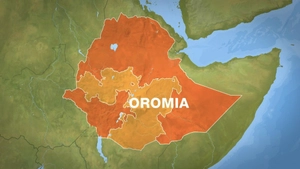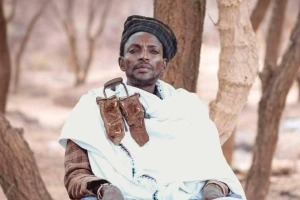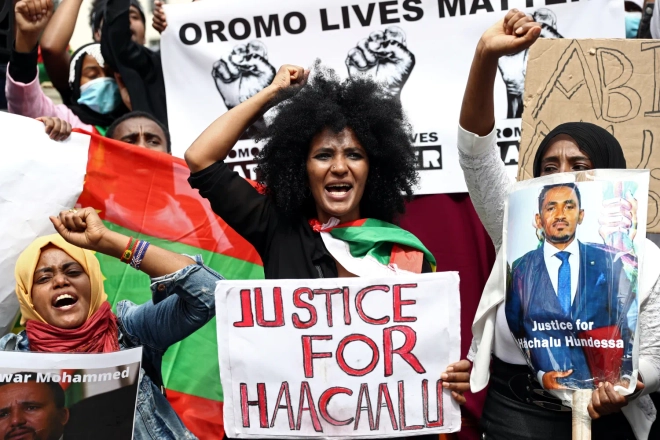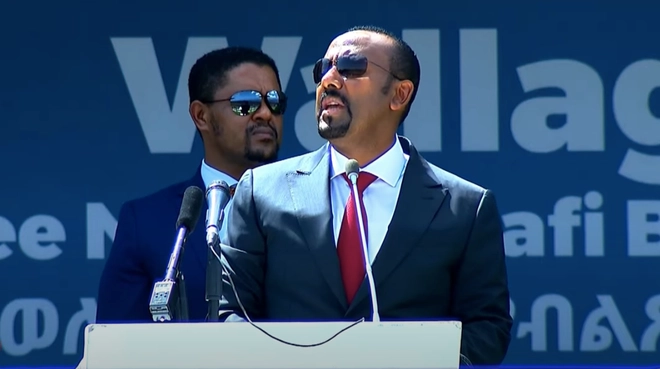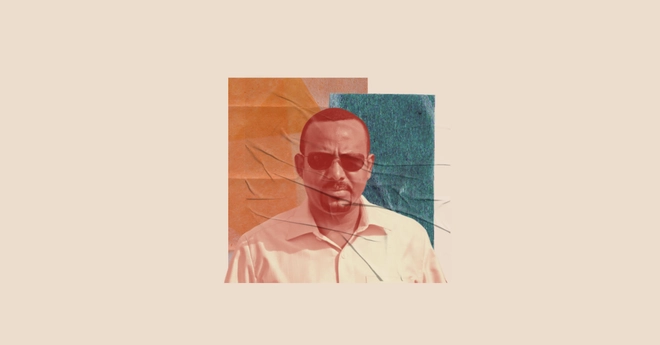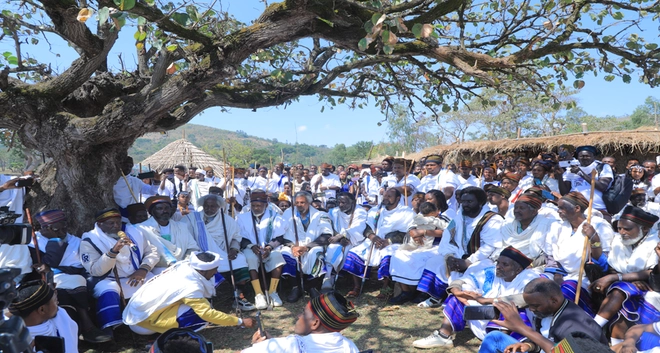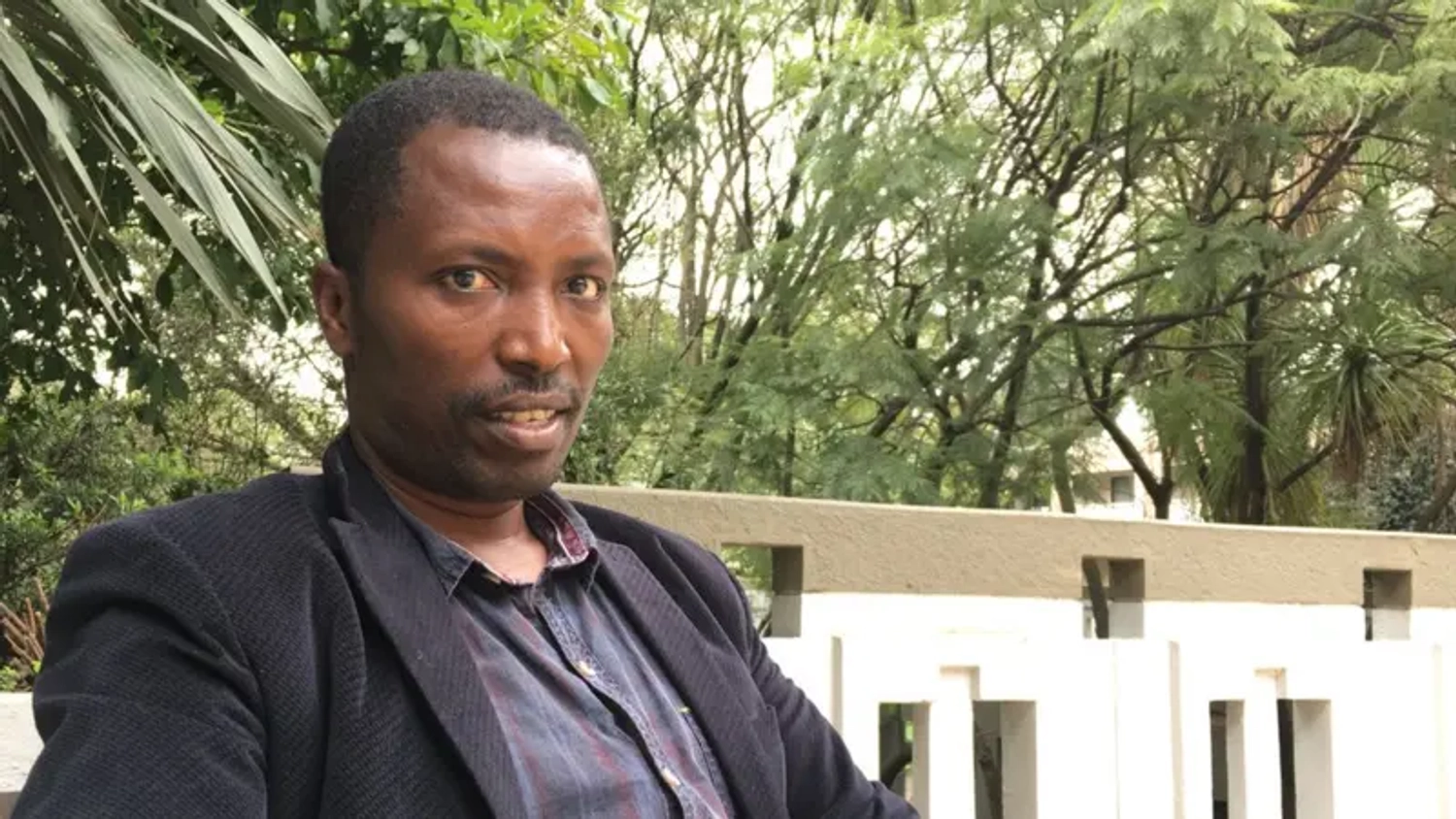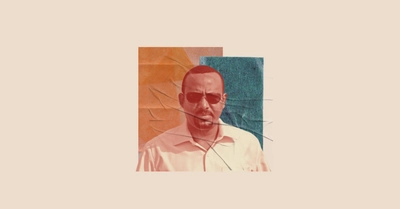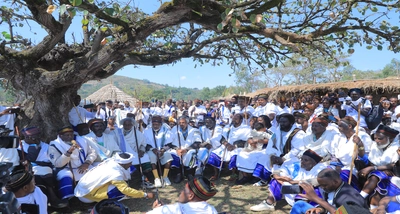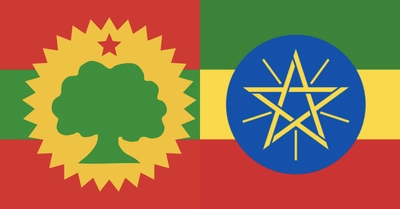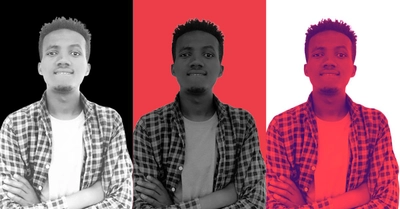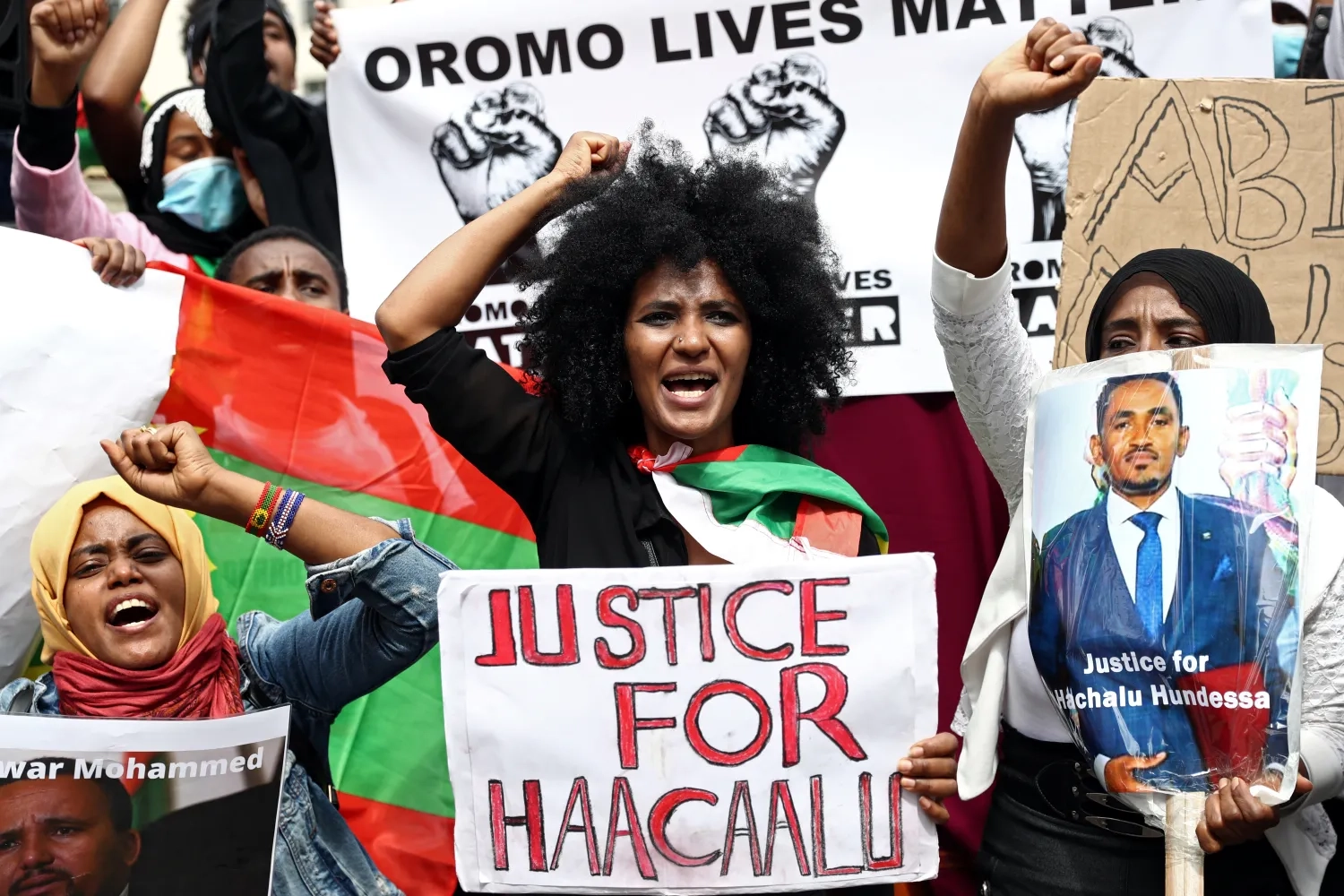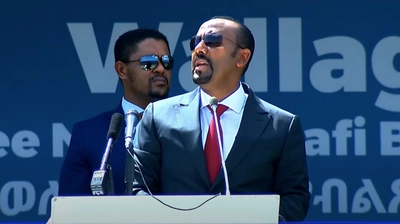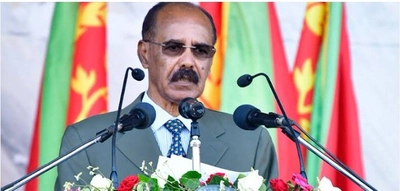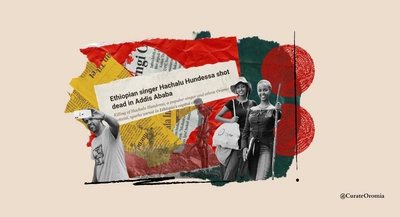
From Prison to Power—and Back: One Man’s Ordeal Through Ethiopia’s Courts.
Taye Dendea’s trajectory, from political prisoner to government minister and back to prison, signifies more than individual persecution.
Subscribe to Curate Oromia.
Find out about our latest articles, calls for submissions, and other updates.
Critics accuse Ethiopia’s ruling party of fueling ethnic conflict in western Oromia
The ruling part is “playing from the TPLF’s playbook.”
From Prison to Power—and Back: One Man’s Ordeal Through Ethiopia’s Courts.
Taye Dendea’s trajectory, from political prisoner to government minister and back to prison, signifies more than individual persecution.
The Abiy Project: A conversation with Tom Gardner
Abiy is an idiosyncratic Ethiopian nationalist first.
Oromo elites need to embark on a soul-searching mission
The problems that the Oromo people are facing cannot be blamed solely upon the colonizers and the colonial structure they built to sustain their dominance.
We rely on your support.
Our mission is to tell Oromia’s stories on their own terms. Running an independent platform has significant challenges, but readers like you keep us going. Every contribution, however modest, goes directly to our writers and the expansion of our work.




